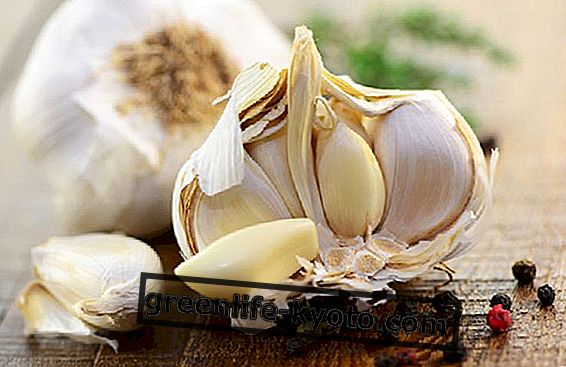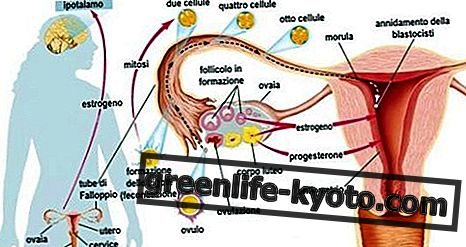
The daikon, white Japanese radish
We saw it there, discounted between the fruit and vegetables of the organic and natural products shop, and immediately the curiosity to try it. But, once at home, doubts assail us: how to cook daikon?
This candid long and water-rich root, which looks like a large carrot with a radish consistency, is an important food in Japanese cuisine, and is eaten both raw and cooked, served in various forms and ways of preparation. Let's get to know it more closely.
Cooking daikon, a special superfood
Cooking the daikon is simple: first of all it must be emphasized that it is a superfood, one of those foods with rich nutritional properties, in particular of vitamin C and mineral salts, able to burn fat, give a boost to the sleeping and draining metabolism and eliminate heaviness and swelling thanks to the diuretic and digestive properties . Its taste is slightly spicy, especially as it gets closer to the heart of the root.
Once cleaned, or once the surface peel is removed with a potato peeler, the daikon can be cooked in various ways, here are some:
> Steamed Daikon, cut it into round slices one centimeter thick and put it to cook in the special basket for about 10-15 minutes. Then season to taste, with an oriental sauce perhaps based on soy sauce, sesame, rice vinegar or ginger and garlic or simply with extra virgin olive oil, lemon and salt. It can also be cut into squares, adding it to hot cereal salads, for example;
> raw daikon in salad. It can be cut into julienne or grated in the preferred size. Excellent with carrots, apple, celery, various sprouts and cucumbers. It becomes a fresh and nutritious food, excellent for fresh summer salads;
> daikon in the cereal soup, as a soup and in the velvety, in addition to other vegetables. The longer it is cooked, the more the daikon loses its slightly spicy taste. A delicious velvet soup sees it blended together with half a leek, a few cubes of pumpkin, a couple of carrots and a stick of celery. All served with a drizzle of raw oil, pumpkin or sesame seeds and chopped rosemary;
> baked daikon . It is cut into cubes and is combined with other vegetables, such as potatoes, carrots, squash, zucchini and cauliflower, to make a simple, tasty and light side dish, enriched with spices and aromas, such as rosemary, sage, parsley or thyme;
> fried daikon . You can even decide to fry this root - or to cook it in the oven with a little extra virgin olive oil - by cutting it into strips or thin slices, thus becoming chips for a tasty aperitif, alternating with sweet potatoes or plantains.













